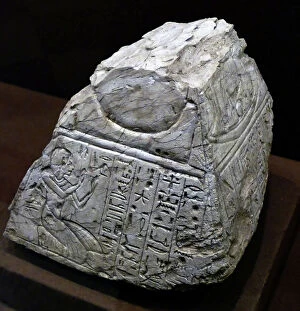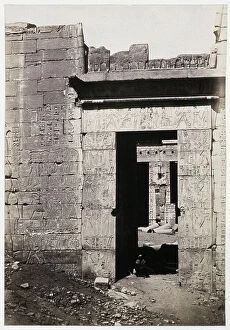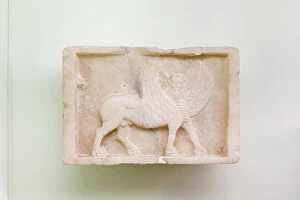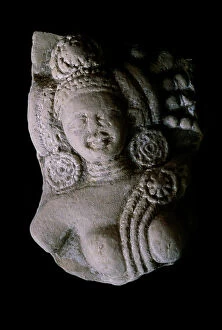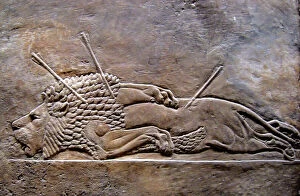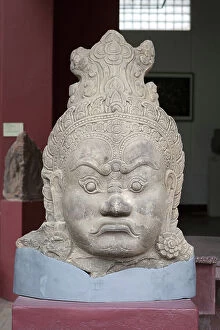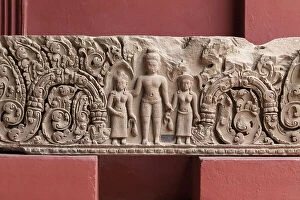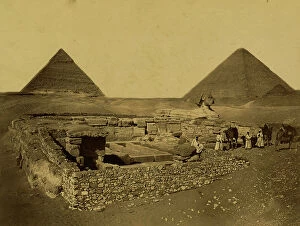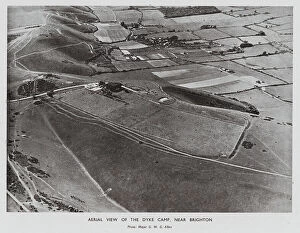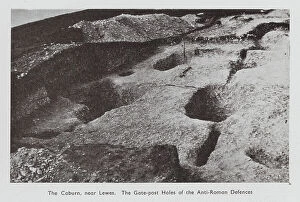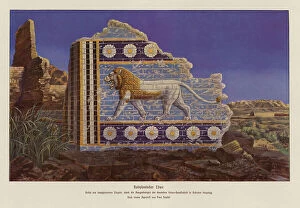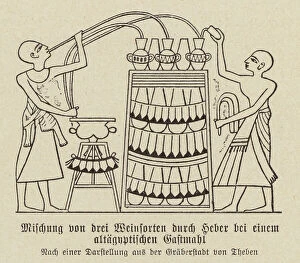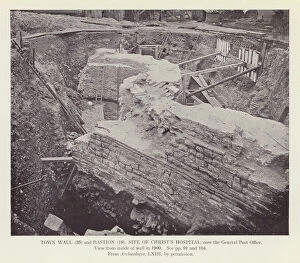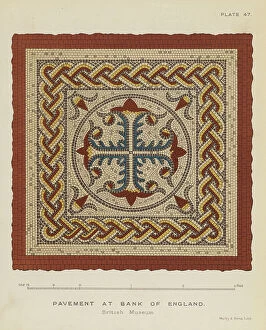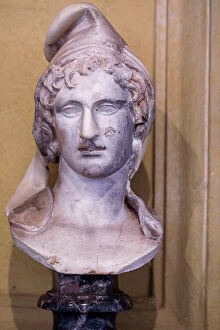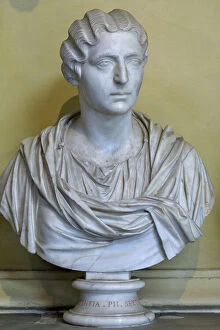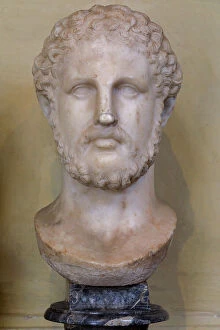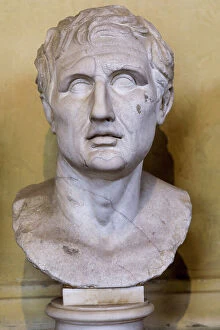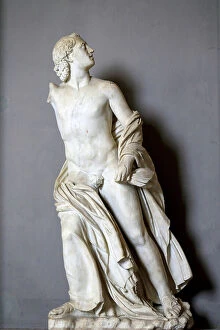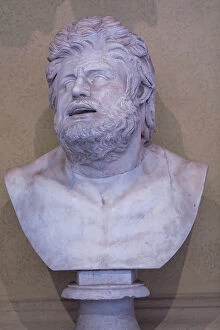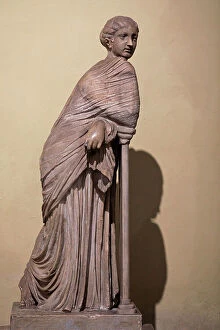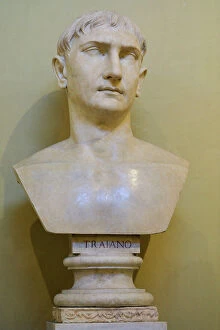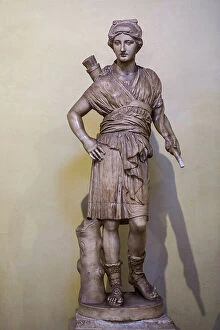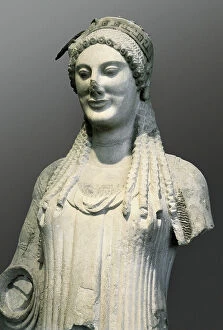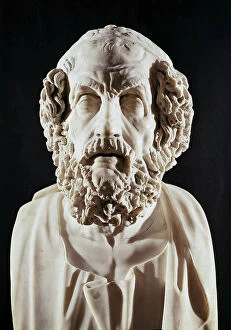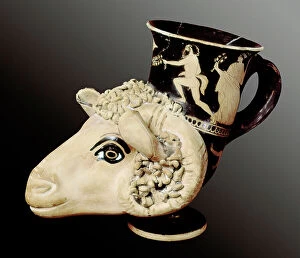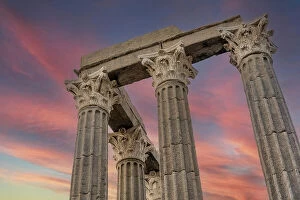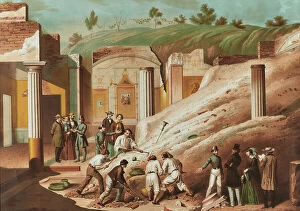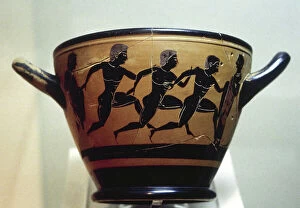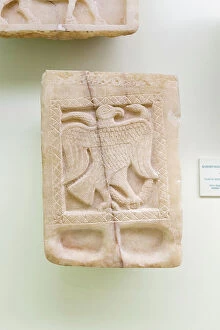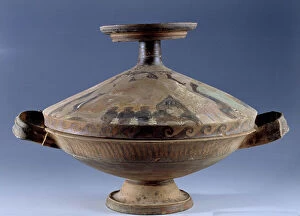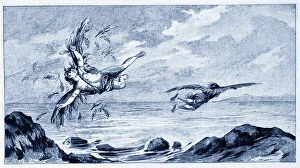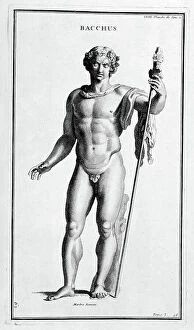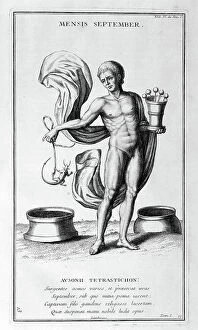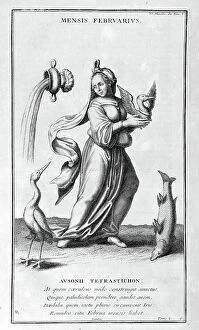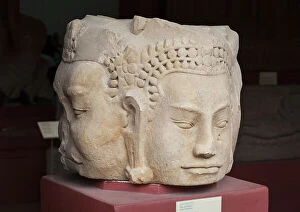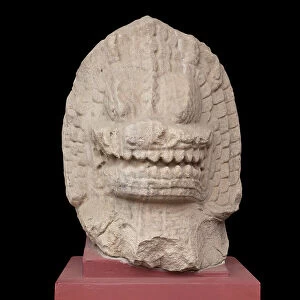Archeological Collection (#4)
"Unveiling the Mysteries of the Past: A Journey through Archeological Wonders" Step into a world frozen in time as we explore the captivating realm of archeology
For sale as Licensed Images
Choose your image, Select your licence and Download the media
"Unveiling the Mysteries of the Past: A Journey through Archeological Wonders" Step into a world frozen in time as we explore the captivating realm of archeology. From the Stone-age cave paintings in Chauvet, France to the ancient ruins of Knossos in Greece, these remarkable sites offer us glimpses into civilizations long gone. In Chauvet, France, hidden deep within limestone caves, lies an extraordinary treasure trove. The Stone-age cave paintings transport us back thousands of years, showcasing primitive artistry and revealing insights into our ancestors' lives. These vivid depictions serve as a testament to humanity's innate desire for self-expression. Venturing further south to Crete, Greece unveils another archeological marvel - Knossos. This sprawling site unravels the enigmatic Minoan civilization with its labyrinthine palace complex and intricate frescoes adorning its walls. Walking amidst these ancient ruins is like stepping into a forgotten era where myths and legends intertwine with reality. Across oceans and continents stands Machu Picchu - "The lost city of the Inca. " Perched high atop mist-covered mountains in Peru, this awe-inspiring citadel remains shrouded in mystery even today. Its stone terraces harmoniously blend with nature's grandeur while whispering tales of an advanced civilization that once thrived here. Closer to home lies Avebury in Wiltshire; its reconstructed stone circles stand as silent guardians from prehistoric times. These colossal monuments continue to puzzle researchers who seek answers about their purpose and significance within Neolithic society. Journeying back to Peru reveals yet another architectural wonder - Hatunrumiyoc Street's Twelve Angled Stone. Witnessing this masterpiece crafted by skilled Inca stoneworkers leaves one awestruck at their precision and ingenuity. Traveling eastward brings us to Xian, Shaanxi province where the Lintong site houses the remarkable Army of Terracotta Warriors.

